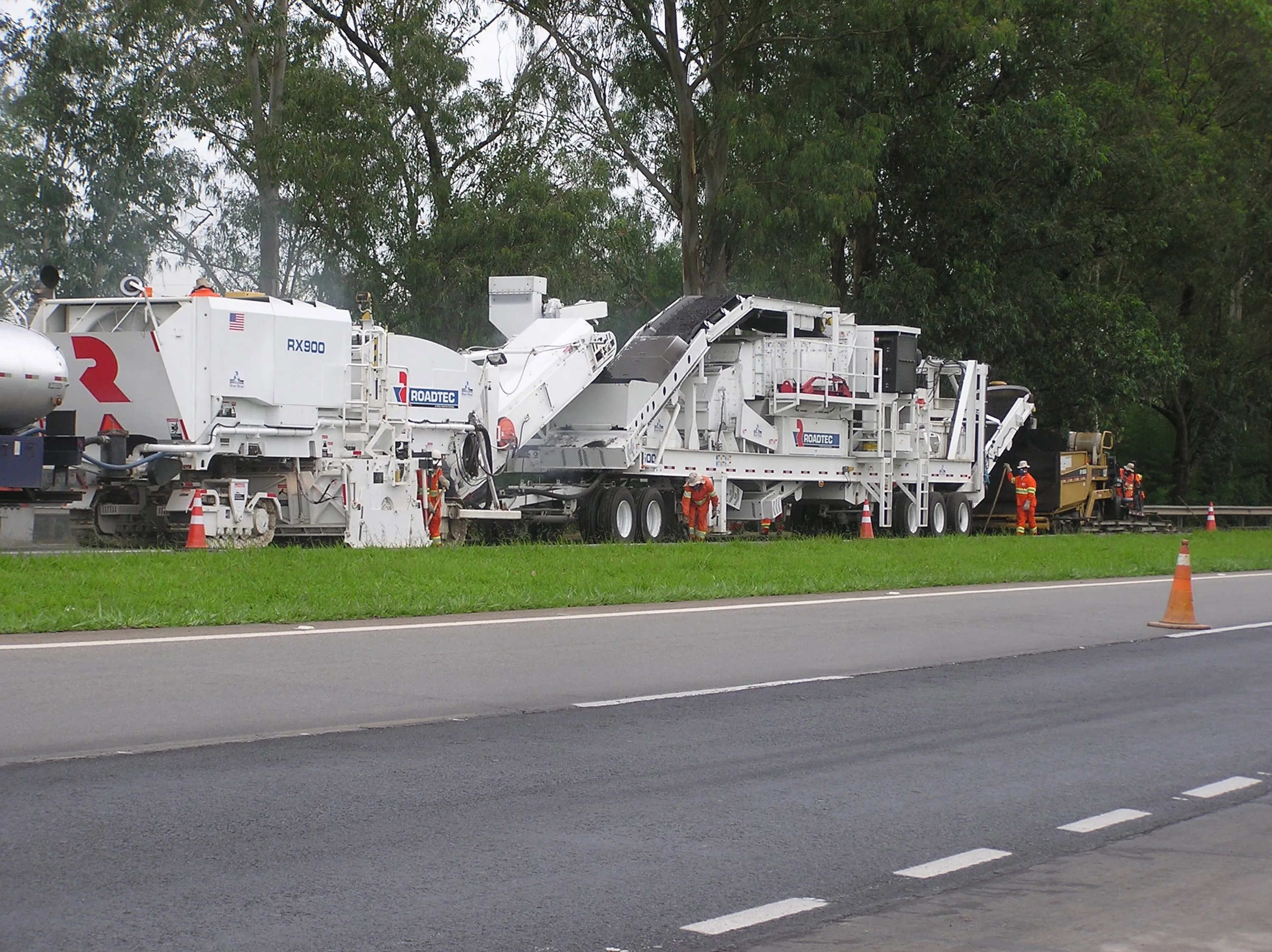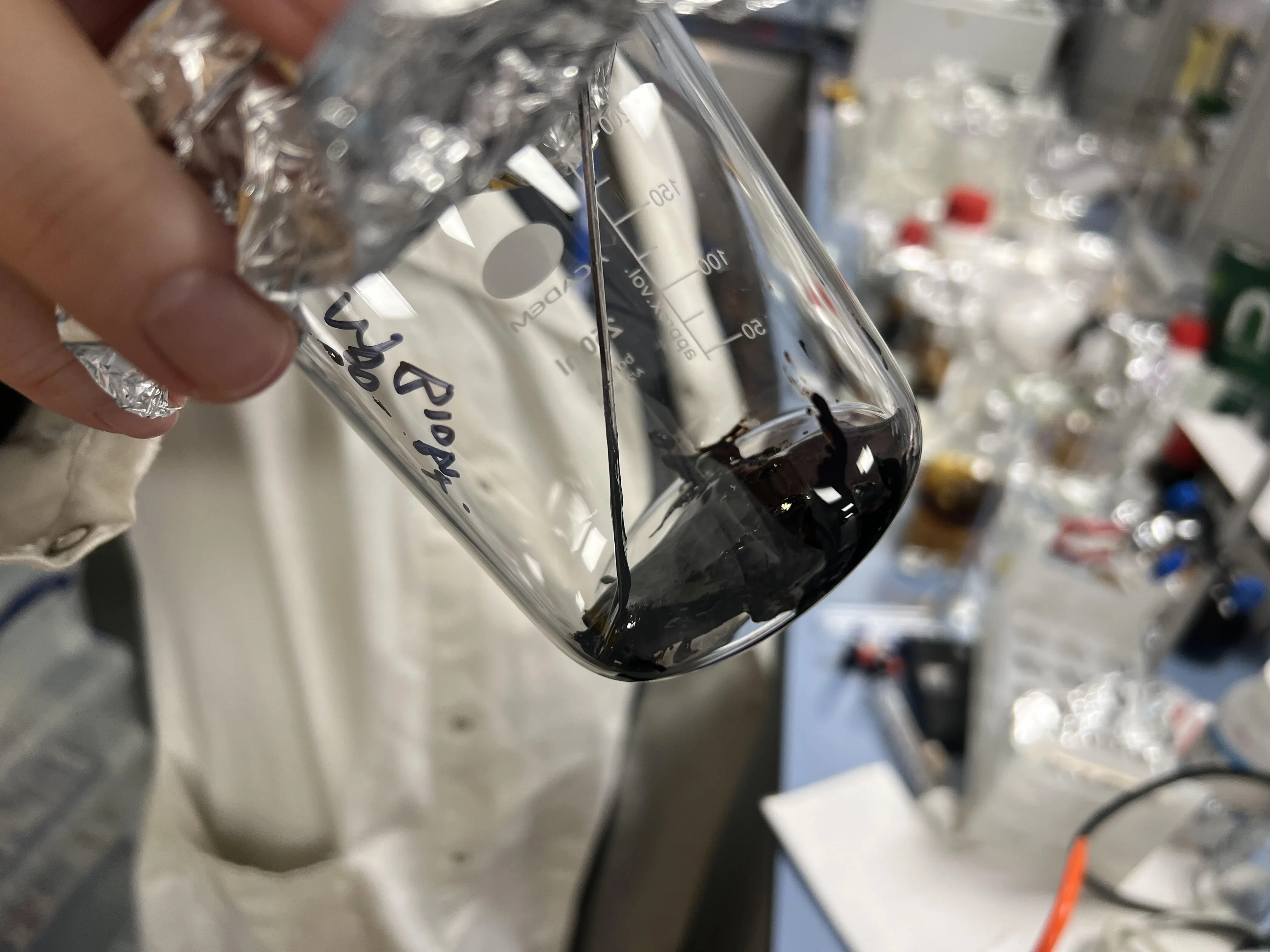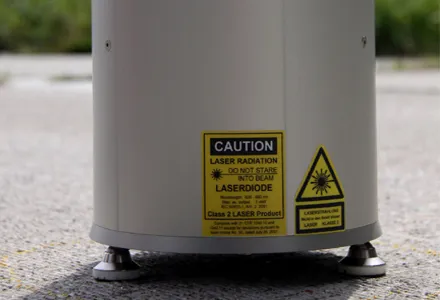A novel wind-powered device has been developed in Australia that can help boost safety on operating sites. Called the Spinflector, the unit offers greater visibility for the delineator posts used at working sites. The units offer better visibility than other products, even in dusty conditions according to the firm.
The units rotate in a light breeze, preventing the build-up of dust on the reflecting surfaces. This means that there is no need for regular cleaning to maintain conspicuity. The Spinflector i
October 27, 2016
Read time: 1 min
A novel wind-powered device has been developed in Australia that can help boost safety on operating sites. Called the Spinflector, the unit offers greater visibility for the delineator posts used at working sites. The units offer better visibility than other products, even in dusty conditions according to the firm.
The units rotate in a light breeze, preventing the build-up of dust on the reflecting surfaces. This means that there is no need for regular cleaning to maintain conspicuity. The Spinflector is designed to fit on a 50mm PVC delineator post and contains a series of brushes to clean dust and grime from reflectors. The device has a built-in wind vane to power the brushes.
The units rotate in a light breeze, preventing the build-up of dust on the reflecting surfaces. This means that there is no need for regular cleaning to maintain conspicuity. The Spinflector is designed to fit on a 50mm PVC delineator post and contains a series of brushes to clean dust and grime from reflectors. The device has a built-in wind vane to power the brushes.









